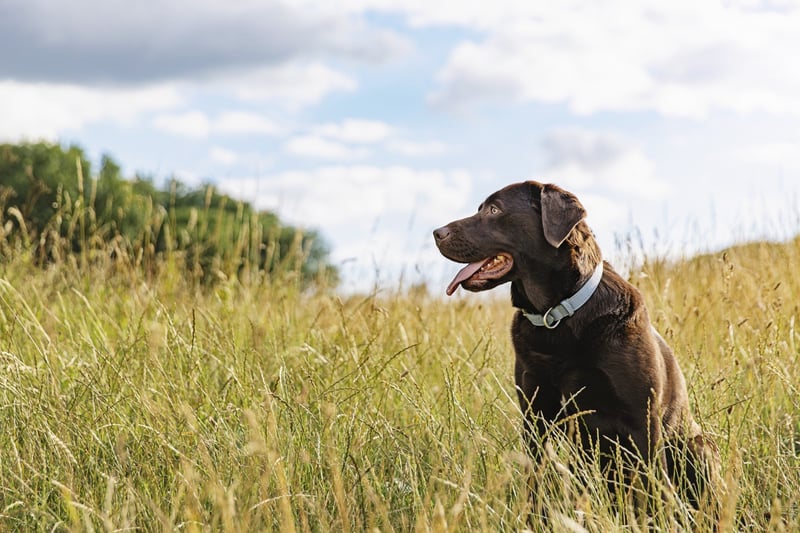
Dogs are a human’s best friend, but how did we form that relationship? Here’s how domesticating animals, from companion animals to farmed animals, works.
When you think of domestic animals, you probably think of our companion animals, primarily cats and dogs. Domestication is the process of adapting plants or animals for human use, including farmed animals and pets. This practice takes thousands of years of living alongside animals and selectively breeding them and is extremely difficult work. Here’s what you need to know about human domestication of animals, including which animals have been domesticated through the course of human history.
From the Beginning
Ten thousand years ago, Mesopotamians started domesticating animals for use as food and hides. Experts believe goats were likely the first animals to be domesticated during this time, followed closely by sheep. Thousands of years later, chickens became domesticated in Southeast Asia. Other early domesticated animals include cattle and pigs.
What Makes an Animal Domesticated?
Many qualities genetically separate a domesticated animal from its original wild species. Early chickens, for example, used to weigh around two pounds. Through selective breeding over thousands of years, however, chickens now weigh as much as 17 pounds. Dogs are thought to have been domesticated from gray wolves and are now clearly a different species in size, behavior, and appearance. It is estimated to take at least 12 generations of selective breeding to create a domesticated species.
From Domesticated to Domestic
Many animals originally domesticated for human use no longer serve their original purpose but are still in humans’ lives today. The dog, known today as human’s best friend, was originally domesticated to be a hunting companion, pull sleds, guard camps, and more. As humans began to develop other resources to replace dogs, they stuck around as companion animals. Similarly, cats were once used as rodent hunters, a role which they still serve in countries around the world today. In the US, however, cats are now more beloved family members than fearsome protectors.
Domesticated or Tamed?
One common misconception about domestication is that wildlife can be domesticated in just a few generations, or that any animal can be domesticated. The elephant is a prime example of an animal that humans have failed to domesticate, despite thousands of years of trying. Throughout thousands of years, most elephants used by humans have been sourced from the wild, thus failing to fulfill the requirement of being bred and trained through at least 12 generations. People in the global wildlife trade will make the claim that any number of animals, from elephants to reptiles to parrots, are domesticated because they can live alongside humans. The difference is that these animals are captured from the wild or have been bred for just a handful of generations. Any change in behavior on the part of these animals that makes them responsive or submissive to humans is due to “taming,” often cruel practices primarily designed to “break” an animal and force them to respond to human commands under duress. This is not domestication and never will be. Wild animals belong in the wild, not living alongside humans like their domesticated counterparts.
Humans have successfully adapted a number of animals to live alongside us, including cats, dogs, cattle, pigs, donkeys, horses, and chickens. However, domestication is a process that takes thousands of years. Be wary of animal experiences promising interaction with or ownership of “tamed” animals, including wildlife selfie opportunities or dolphin shows. Those animals are wild, abused into submission, and should not live alongside humans in the same way as domesticated animals.
One common misconception about domestication is that wildlife can be domesticated in just a few generations, or that any animal can be domesticated. The elephant is a prime example of an animal that humans have failed to domesticate, despite thousands of years of trying.